Pakistan, an impoverished and underdeveloped country, has suffered from decades of internal political disputes and a costly, ongoing confrontation with neighboring India. Pakistan, a nation in Southern Asia, borders the Arabian Sea and lies between India on the east, Iran and Afghanistan on the west, and China in the north.
The Indus Valley civilization, one of the oldest in the world and dating back at least 5,000 years, spread over much of what is presently Pakistan.
During the second millennium B.C., remnants of this culture fused with the migrating Indo-Aryan peoples. The area underwent successive invasions in subsequent centuries from the Persians, Greeks, Scythians, Arabs (who brought Islam), Afghans, and Turks.
The Mughal Empire flourished in the 16th and 17th centuries; the British came to dominate the region in the 18th century.
The separation in 1947 of British India into the Muslim state of Pakistan (with West and East sections) and largely Hindu India was never satisfactorily resolved, and India and Pakistan fought two wars - in 1947-48 and 1965 - over the disputed Kashmir territory.
A third war between these countries in 1971 - in which India capitalized on Islamabad's marginalization of Bengalis in Pakistani politics - resulted in East Pakistan becoming the separate nation of Bangladesh.
In response to Indian nuclear weapons testing, Pakistan conducted its own tests in 1998.
The dispute over the state of Kashmir is ongoing, but discussions and confidence-building measures have led to decreased tensions since 2002.
Mounting public dissatisfaction with President MUSHARRAF, coupled with the assassination of the prominent and popular political leader, Benazir BHUTTO, in late 2007, and MUSHARRAF’s resignation in August 2008, led to the September presidential election of Asif ZARDARI, BHUTTO’s widower.
Pakistani government and military leaders are struggling to control Islamist militants, many of whom are located in the tribal areas adjacent to the border with Afghanistan. The Pakistani government is also faced with a deteriorating economy as foreign exchange reserves decline, the currency depreciates, and the current account deficit widens.
Poverty levels have decreased by 10% since 2001, and Islamabad has steadily raised development spending in recent years, including a 52% real increase in the budget allocation for development in FY07.
In 2007 the fiscal deficit - a result of chronically low tax collection and increased spending - exceeded Islamabad's target of 4% of GDP.
Inflation remains the top concern among the public, jumping from 7.7% in 2007 to more than 11% during the first few months of 2008, primarily because of rising world commodity prices.
The Pakistani rupee has depreciated since the proclamation of emergency rule in November
Per Capita Income: $2,400 (2007 est.)
Literacy: Less than half the nation can read and write and only one third of the females are literate.
Pakistani Labor Force: 48.23 million work in a population of 176 million in a nation roughly twice the size of California. Pakistan experiences extensive export of labor, mostly to the Middle East, and use of child labor as of 2008 is high.
The US is Pakistan’s largest export trading partner: US 18%, UAE 10.4%, Afghanistan 8.4%, China 5.2%, UK 4.7% (2007)
Pakistan is a significant transit area for Afghan drugs, including heroin, opium, morphine, and hashish.
Question: How did this desert nation with few resources, a largely illiterate population where most of the people do not even have access to potable water, develop nuclear weapons?
Subscribe to:
Post Comments (Atom)




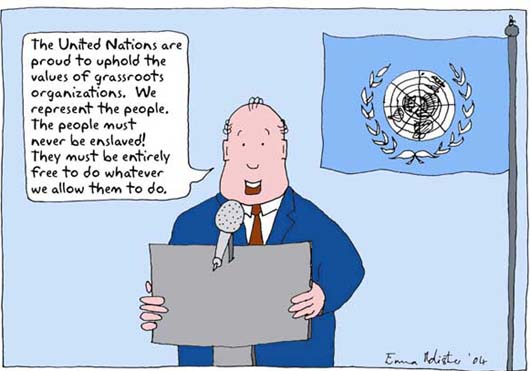
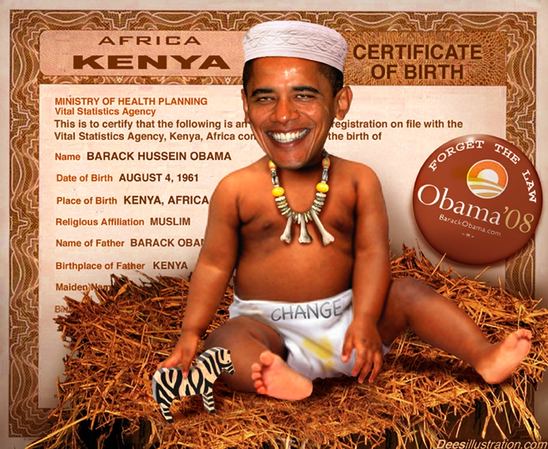
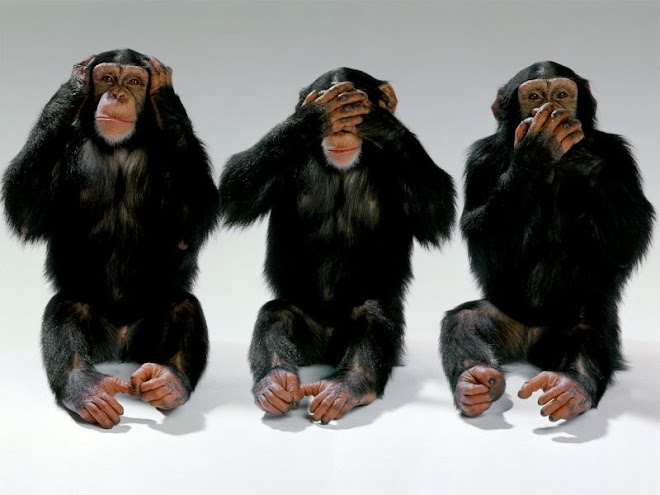


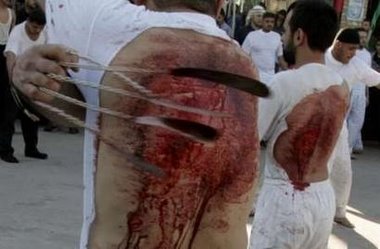



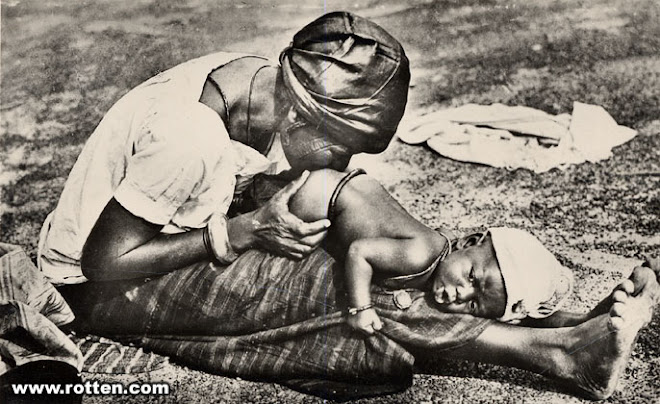



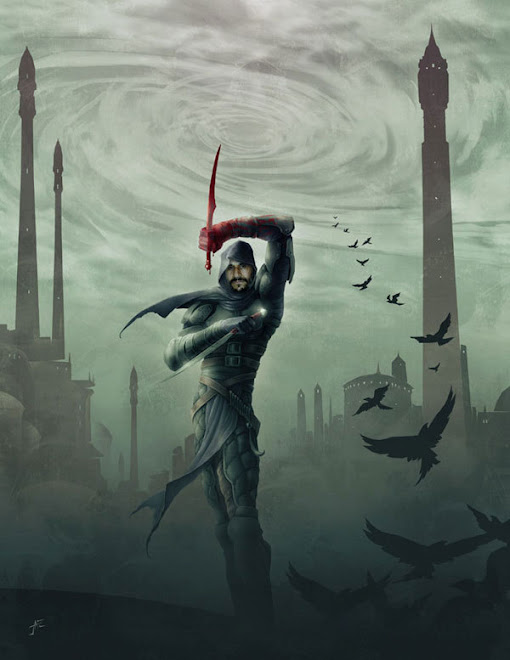











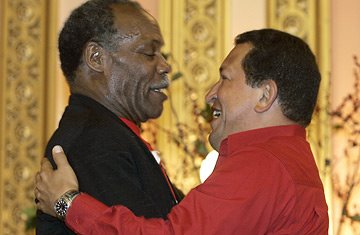
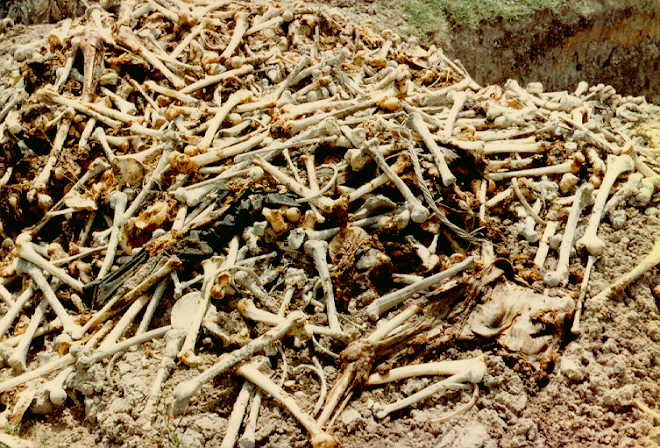
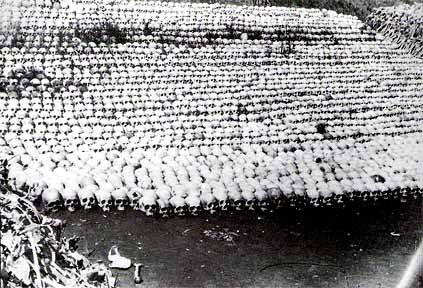
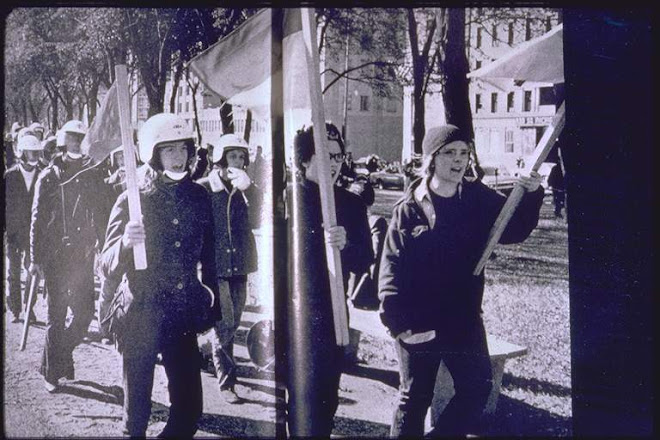
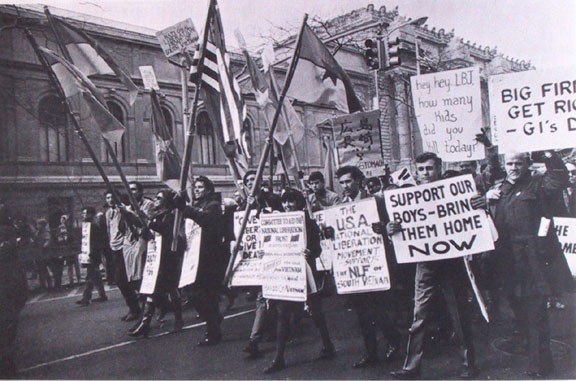
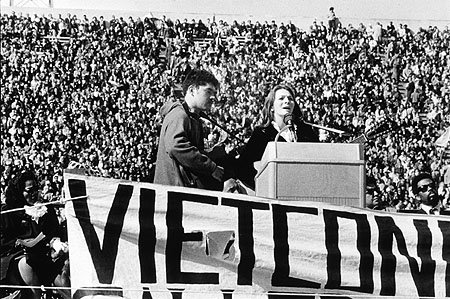




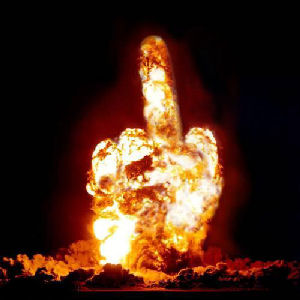
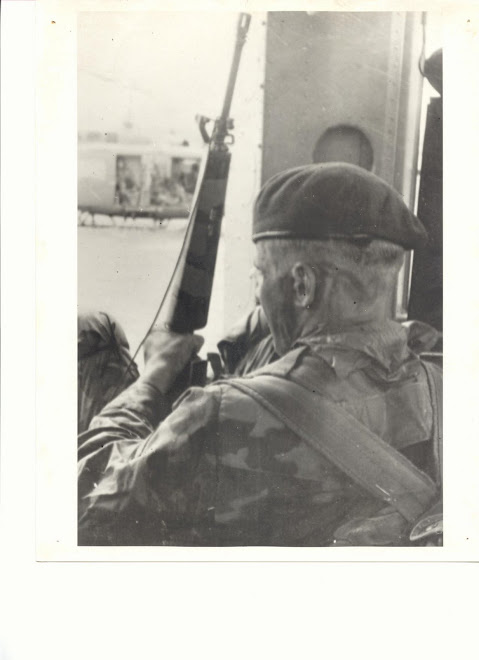
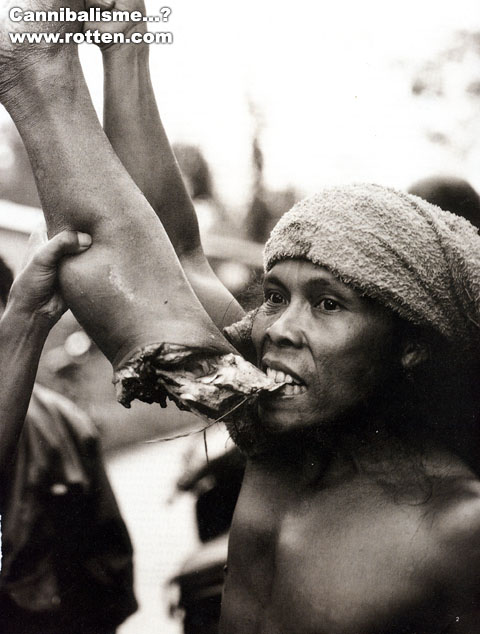


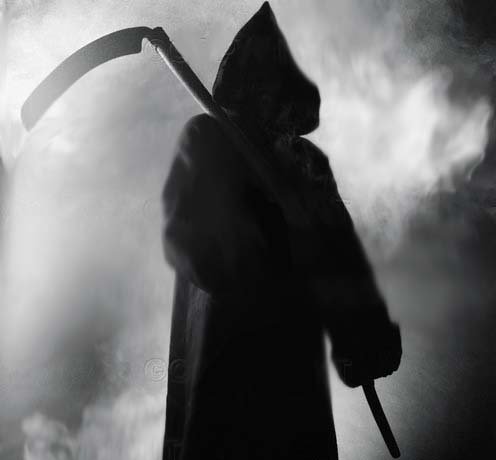


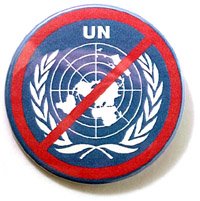



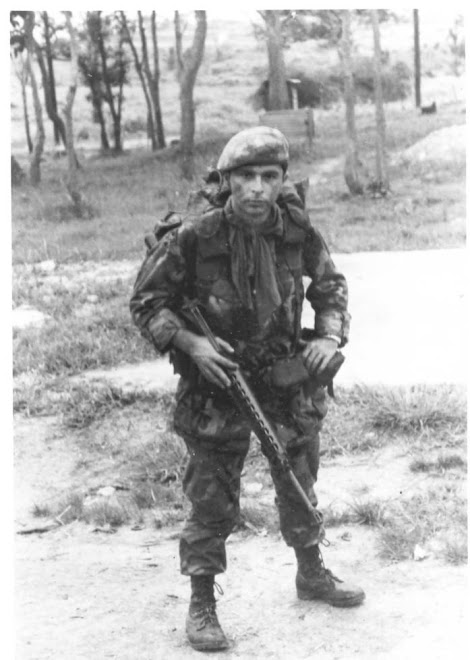
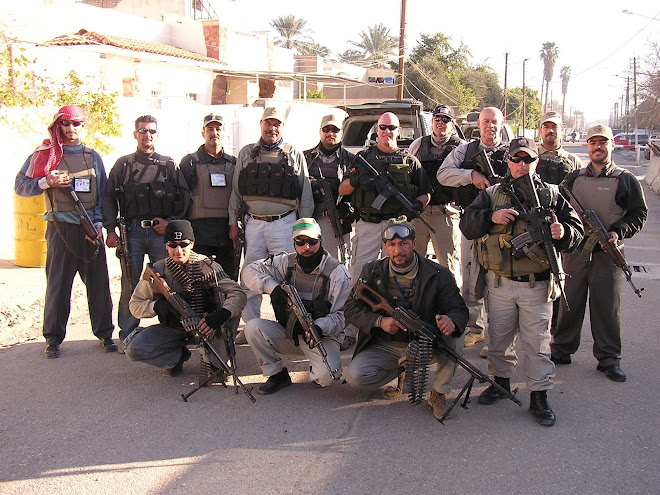
No comments:
Post a Comment